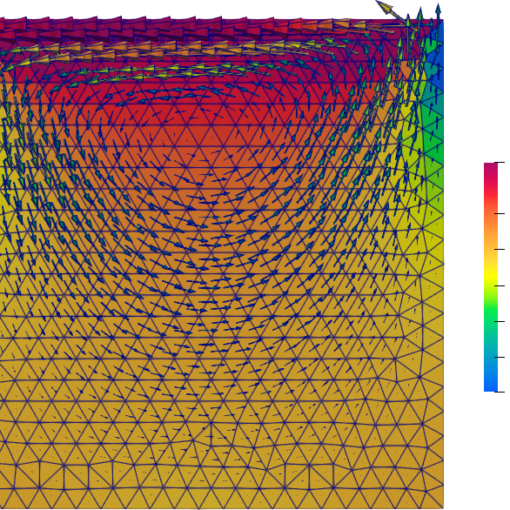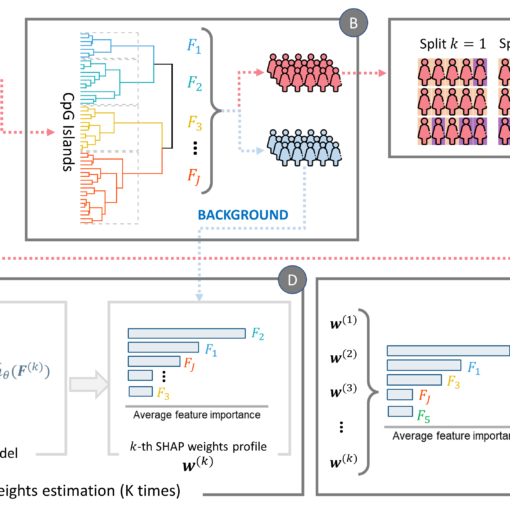A new MOX report entitled “Novel approaches for the numerical solution of fluid-structure interaction in the aorta” by Fumagalli, I.; Vergara, C. has appeared in the MOX Report Collection.
The report can be donwloaded at the following link:
https://www.mate.polimi.it/biblioteca/add/qmox/05/2023.pdf
Abstract: The aorta is the artery that undergoes the most deformation during the heartbeat. This is associated with the strong Fluid-Structure Interaction (FSI) occurring between the blood flow and the aortic wall. Moreover, also the dynamics of the aortic valve is the result of a FSI process. In this work, we describe the mathematical formulation of both vascular and valve FSI problems and we review the most recent numerical strategies for their solution. Concerning vascular FSI, we consider a moving-domain approach encompassing an arbitrary Lagrangian-Eulerian formulation of the fluid equations, which is the most employed framework in hemodynamics applications. In this context, we provide a systematic description and comparison of different algorithms for the coupling between the fluid and the structure model. In terms of valve FSI, we report a survey on the different numerical methods for the treatment of surfaces immersed and moving in a fluid, with ! particula r focus on unfitted methods, which are the most established for cardiac valve modeling, and the more recent promising family of Cut Finite Elements methods. Aiming to point out the main difficulties specifically related to aortic FSI simulation in a patient-specific context, we also review strategies for the imposition of boundary conditions, the recovery of a zero-pressure configuration of the vessel wall, and the calibration and validation of computational models against clinical data.



